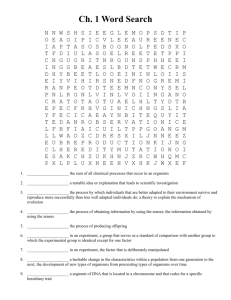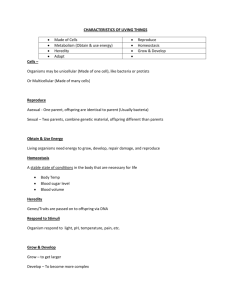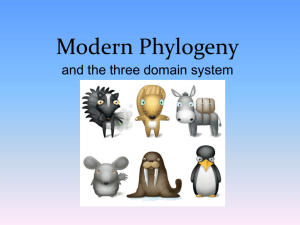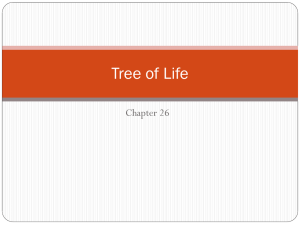Unit 2 * Change Across Time Review Sheet
advertisement
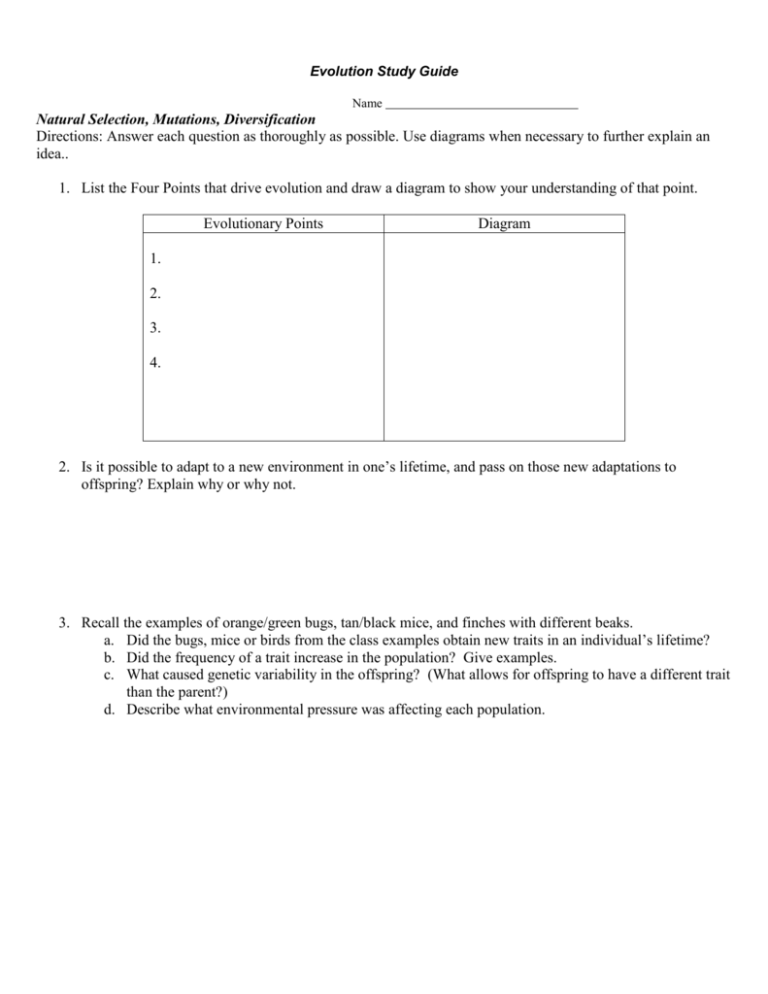
Evolution Study Guide Name Natural Selection, Mutations, Diversification Directions: Answer each question as thoroughly as possible. Use diagrams when necessary to further explain an idea.. 1. List the Four Points that drive evolution and draw a diagram to show your understanding of that point. Evolutionary Points Diagram 1. 2. 3. 4. 2. Is it possible to adapt to a new environment in one’s lifetime, and pass on those new adaptations to offspring? Explain why or why not. 3. Recall the examples of orange/green bugs, tan/black mice, and finches with different beaks. a. Did the bugs, mice or birds from the class examples obtain new traits in an individual’s lifetime? b. Did the frequency of a trait increase in the population? Give examples. c. What caused genetic variability in the offspring? (What allows for offspring to have a different trait than the parent?) d. Describe what environmental pressure was affecting each population. 4. Do you think the evolution of the rock pocket mouse or Darwin’s finch will ever stop? Explain why or why not. Use all the following terms in your response and underline them when used: Natural selection, evolve/evolution, traits, environment, inherited, adapt/adaptation(s). 5. Fundamental Question of Natural Selection: How does natural selection affect individuals but act on populations? Use all the following words in your response and underline them when used: Population, species, variation, mutation, change, time, adapt/adaptation(s), natural selection, nature/earth, individuals, survive. 6. Use natural selection to explain how pesticides(used to kill insects) and antibiotics (used to kill bacteria) create bacteria and insects that are resistant to the pesticide or antibiotic. 7. Explain how natural selection accounts for the world’s diversity. 8. Explain why natural selection does not move in a pre-determined direction. 9. How did the “Bird Beak Mating Game” model natural selection accurately? In what way was it an inaccurate model? Modeling Earth’s History 10. Describe some of examples of biologic and geologic events that are related. 11. Explain why certain biologic organisms evolved before others. (plants before animals or prokaryotic before eukaryotic) 12. Why is a long period of time needed for evolution? Evidence for Change Across Time 13. Explain how fossil records can be used as evidence of evolution of a species. 14. Explain how structural similarities (homologous structures, vestigial structures) can be used as evidence of evolution of a species. 15. Explain how embroyology can be used as evidence of evolution of a species. 16. Explain how DNA can be used as evidence of evolution of a species. Relatedness of Organisms F 17. Pick two organisms (A,B,C,D or E) and circle their common ancestor. Why did you choose that one? 18. What does having a common ancestor tell you about their DNA? 19. Describe evolutionary relationship between two organisms on the diagram(closely, same common ancestor, divergent line?) 20. Choose two sets of organisms on the tree, which are most closely related? 21. How can you use structures to describe evolutionary relationship? 22. What if you knew their DNA – what could you tell about relationship?




